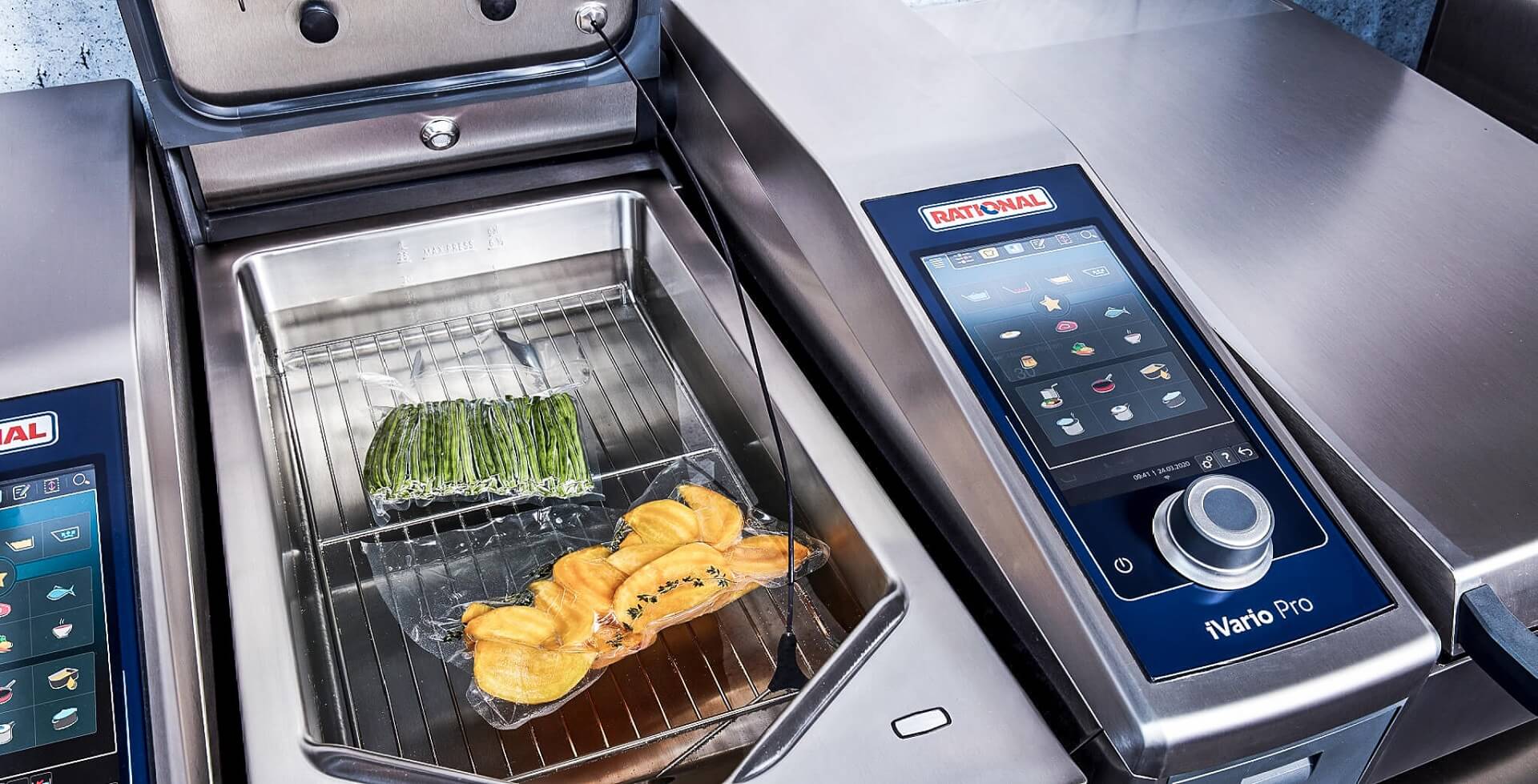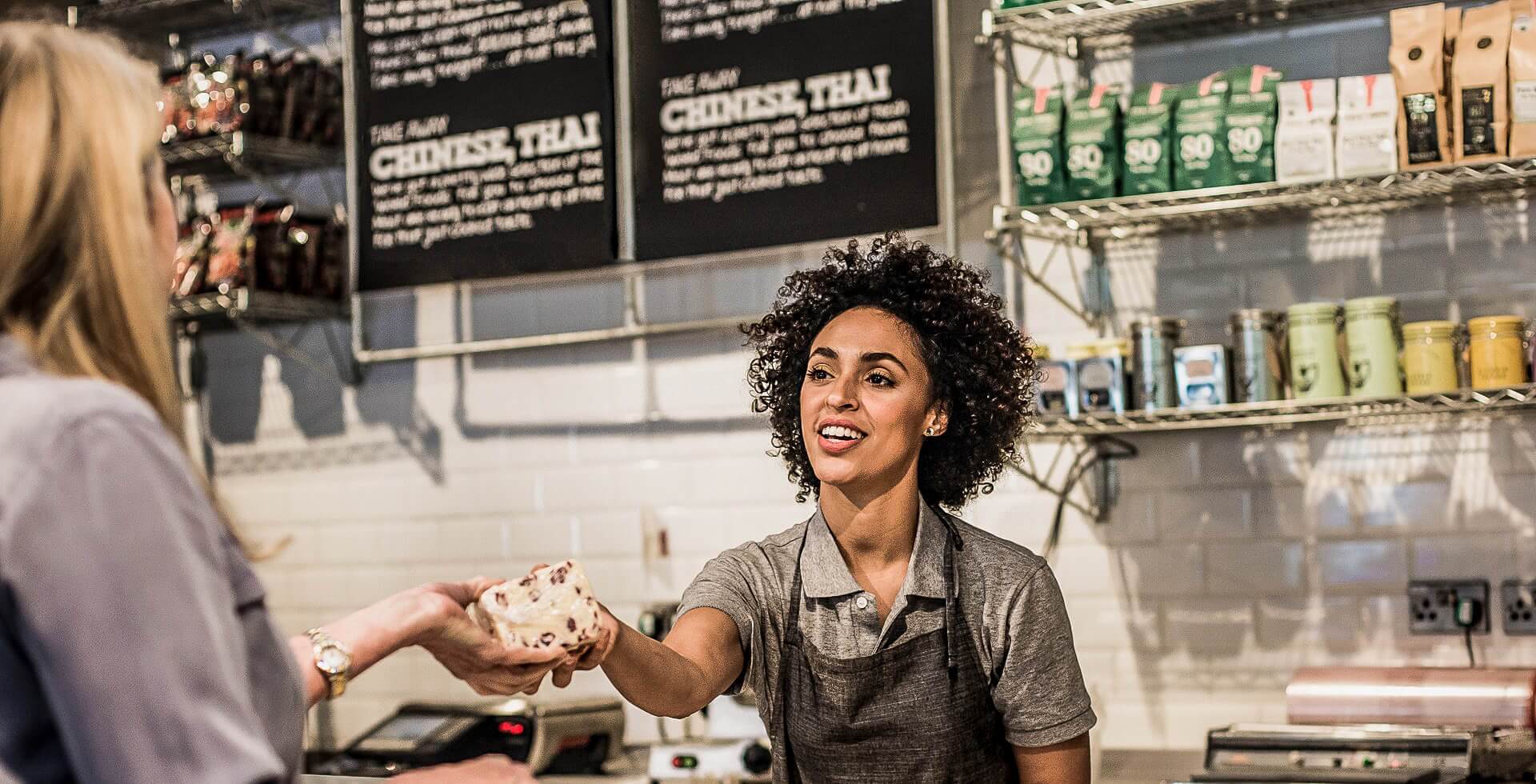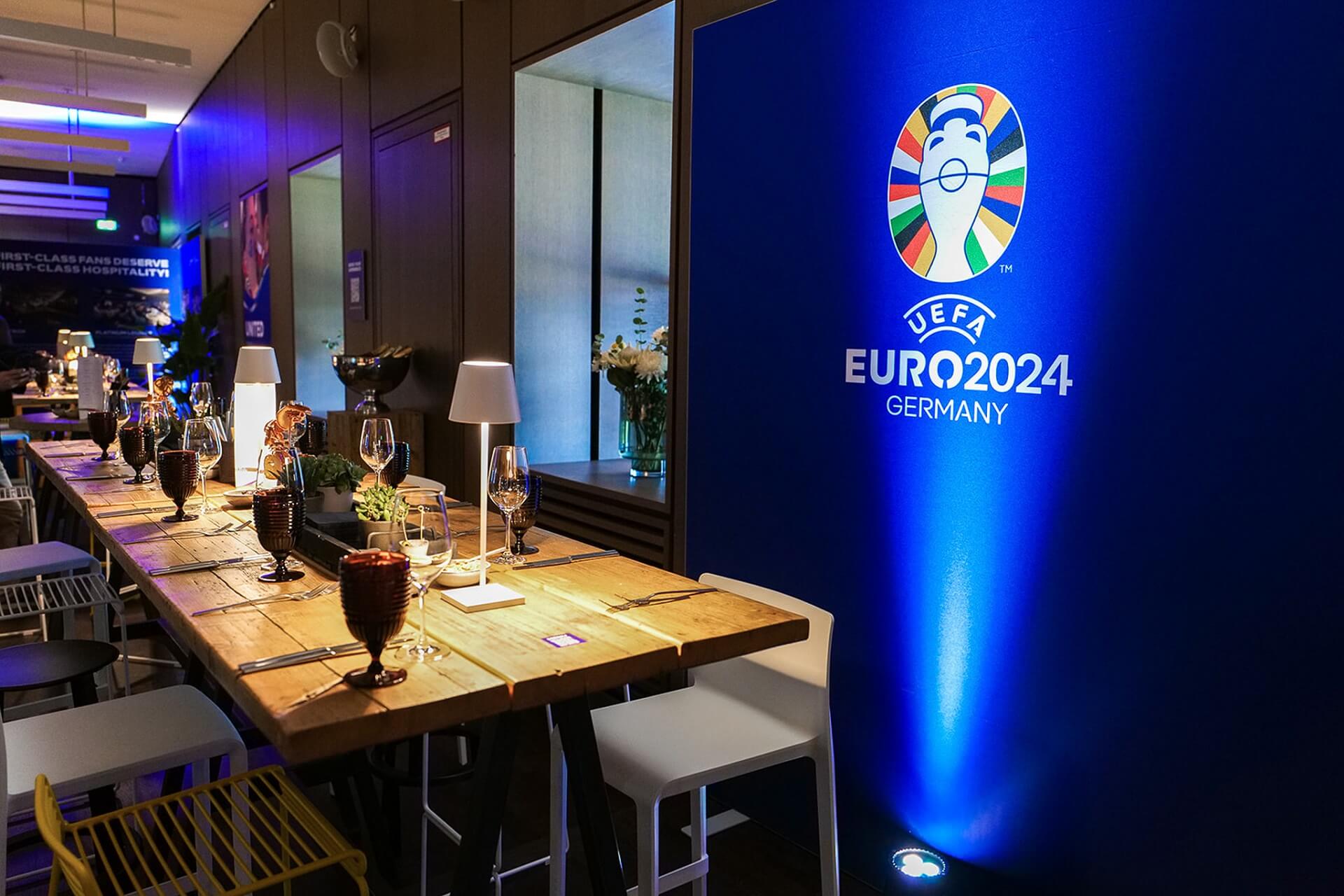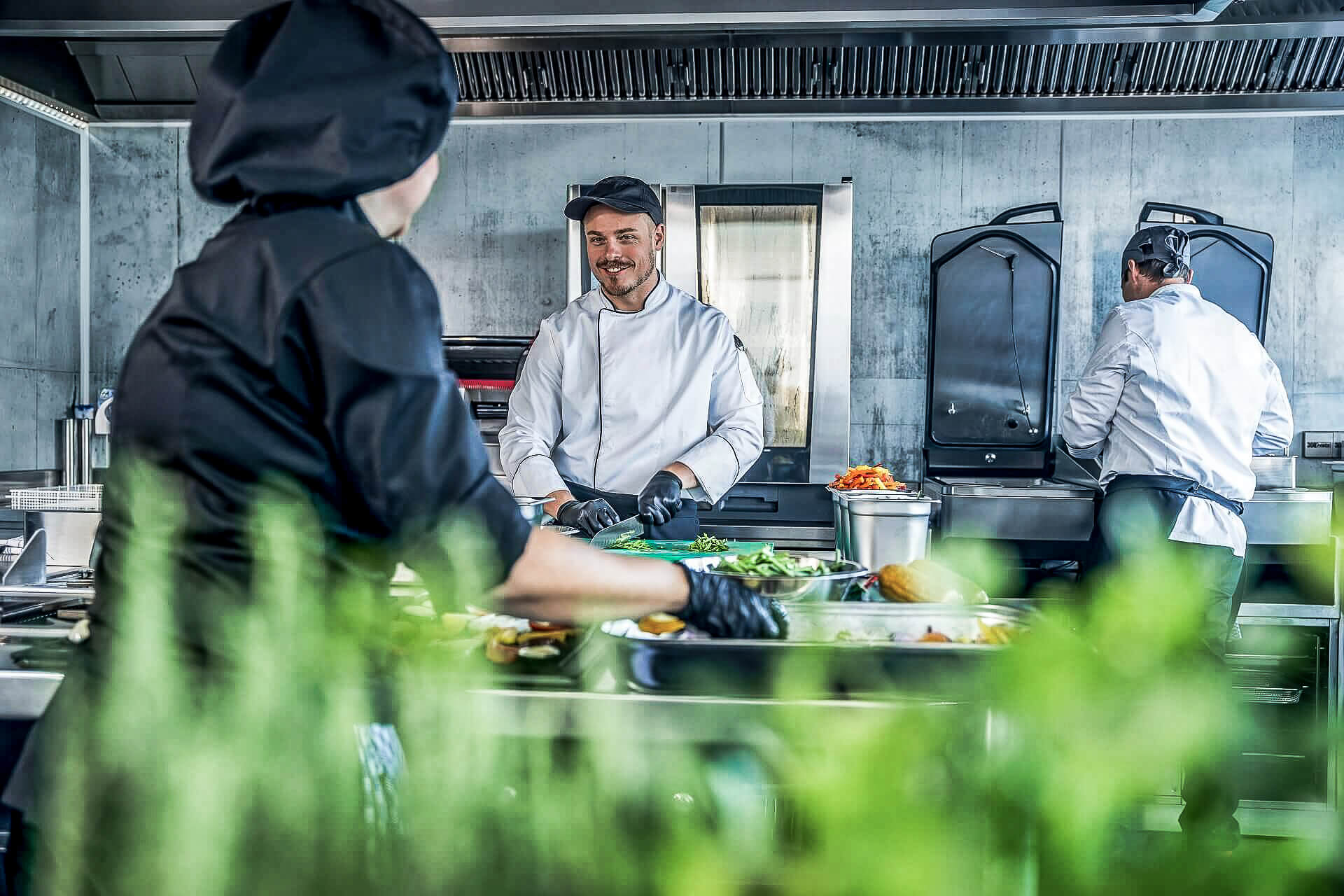Sous vide cooking may have been experimented with as early as 1799, but it certainly isn’t a practice of the past.
This process by which food is secured in vacuum-sealed bags and placed in temperate-controlled water baths, was further explored by American chefs in the 1960s. However, it was French pioneers who truly made it what it is today. Georges Pralus, a French chef, for the Restaurant Troisgrois and Bruno Goussalt, a French scientist, began independent research into this cooking practice in the 1970s before collaborating to combine vacuum sealing with low-temperature cooking and incorporating higher temperatures into the process as well.
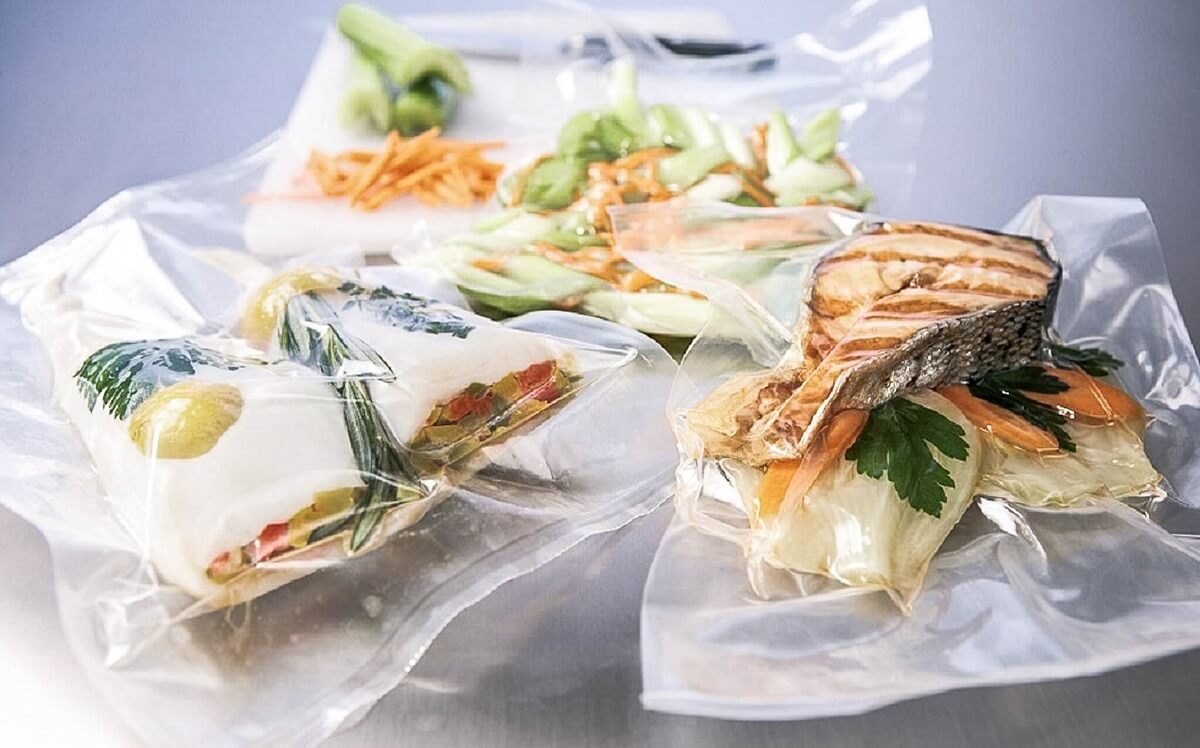
Image: Rational
It was a triumph. Heralded for producing succulent meats, this cooking process retains juices and aromas while avoiding overcooking. It quickly became adopted on the restaurant scene from 1974 and even began to be used for first class cabin in-flight cooking.
Heston Blumenthal dubbed it “the single greatest advancement in cooking technology in decades”. It was similarly adopted by other gourmet chefs such as Paul Bocuse, Michael Carlson, Thomas Keller, and Grant Achatz to name just a few. But it has also started to make its way into domestic home cooking.
Benefits of Sous Vide Cooking
The benefits are plentiful: evenly cooked food, juicy and tender meats, improved flavor without additional salt or fat, and weight retention. When you compare this cooking method to normal skillet cooking, the benefits are apparent. For example, a steak cooked to medium-rare over the stove undergoes a 40% weight decrease and dries the meat exterior. Meanwhile, a steak cooked through the sous vide method retains its weight and produces an even cook throughout the meat.
The consumer reaps the rewards of sous vide cooking, as do the chefs. The precision temperature control reduces the risk of overcooking and introduces a new norm in food preparation: overnight cooking. And, with innovative technology this has enabled orders to be fulfilled easily, yet not at the cost of quality.
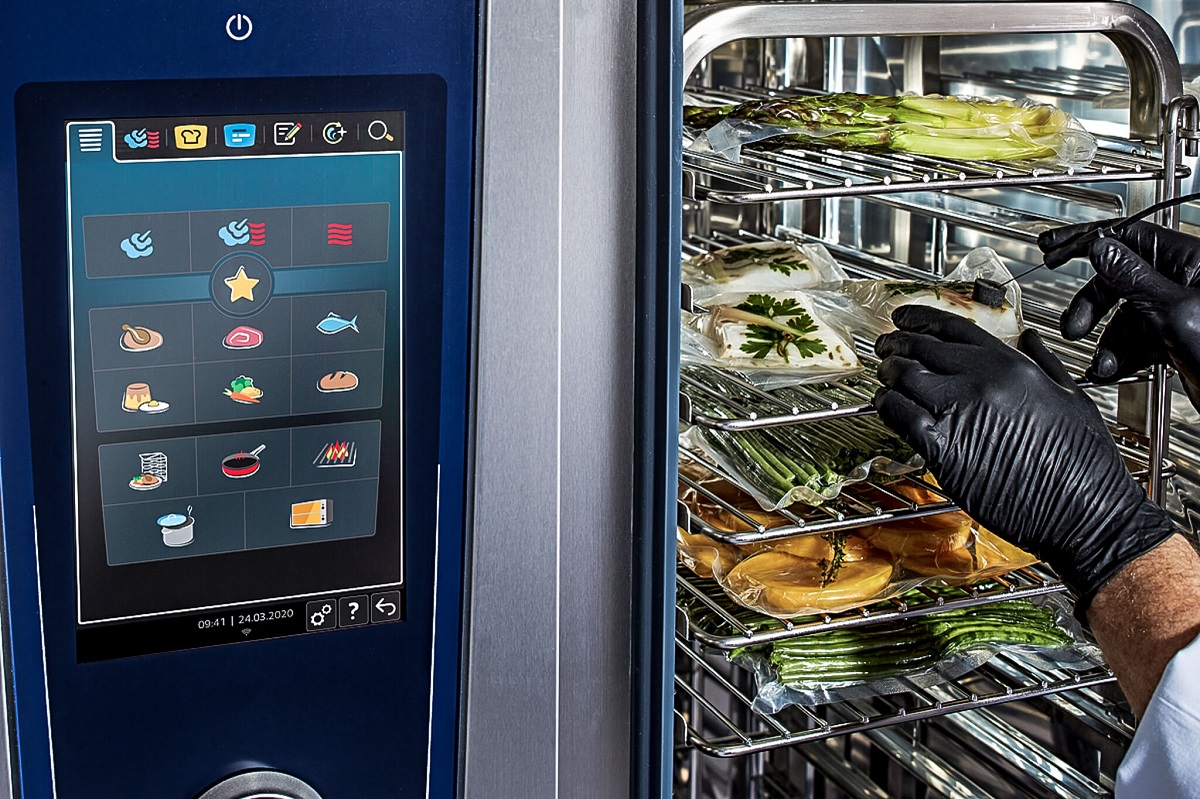
Image: Rational
For Florian Hartmann, former star chef now Vice President Product Application iCombi at RATIONAL, perhaps the biggest benefit of sous vide for chefs is the consistency of cooking that provides. “You can precisely control the temperature, so products are never overcooked,” he says.
“Sous vide is a technique to help retain natural flavors and juices in a product because they stay in the vacuum-sealed bag. Otherwise, if you cook a chicken breast in the conventional way, you throw it in boiling water and all the flavor and juices go into the water. Those juices and flavors stay inside the vacuum bag with sous vide cooking. So, it’s more flavorful. You can also add, for example, a tiny thyme stock to the bag to help flavor the product. With just a little piece of thyme you get much more flavor on the chicken breast.”
No special kitchen equipment needed
While special equipment can be used for sous vide cooking, as kitchen spaces decrease in size and inflation impacts the sector, purchasing additional equipment is often no longer a feasible option. This is a real problem bearing in mind that sous vide cooking is one of the favorite cooking techniques in professional kitchens all over the world. RATIONAL has understood this and has developed solutions for its portfolio.
Sieh dir diesen Beitrag auf Instagram an
Therefore, even delicate foods can be sous vide cooked gently in vacuum bags using RATIONAL’s all-rounder product iVario Pro. Effortlessly placing a core temperature probe in a water-filled pan, specifying product size and desired temperature triggers iVario’s smart suggestions. It diligently proposes minimum cooking time and monitors the cooking process, making life easier for chefs.
New software available on RATIONAL’s combi oven also enables chefs to do sous vide cooking as well as pasteurizing food products. “We have developed this cooking path to help the customer pasteurize different foods,” says Hartmann. “If you take a chicken breast, for example, there might be some bacteria, such as salmonella, on it. If you put it in a vacuum bag and pasteurize it in the iCombi Pro, when it comes out, the display will show that your food is safe to eat. You can then keep it for up to three months in the fridge, if it is under 3°C.”
For Hartmann, sous vide’s precise temperature control cooking ensures the consistency of a product is “perfect and even”. Sous vide cooking a steak in the iCombi Pro at below 100°C means you cook very gently with steam surrounding the vacuum pack. But you can also sous vide in RATIONAL’s iVario Pro, just by placing the product in the water directly.
Sous vide for lowering stress – and increasing sustainability
Sous vide cooking also allows chefs to cook in advance of a service, thus reducing last-minute stress during busy periods for operators. “During a busy service, sometimes there might be mistakes by the chef when overcooking a steak or something. You reduce this through sous vide cooking, so chefs get less stressed. The advantage of sous vide cooking in advance also gives you the opportunity to buy meat and other products on special offers, for example. You pre-produce the food, put it in the fridge, and just take it out when it’s needed. A pre-cooked option stays longer in your fridge. Cooked ham can stay for two weeks in a fridge, no problem, whereas raw meat cannot last that long,” says Hartmann.
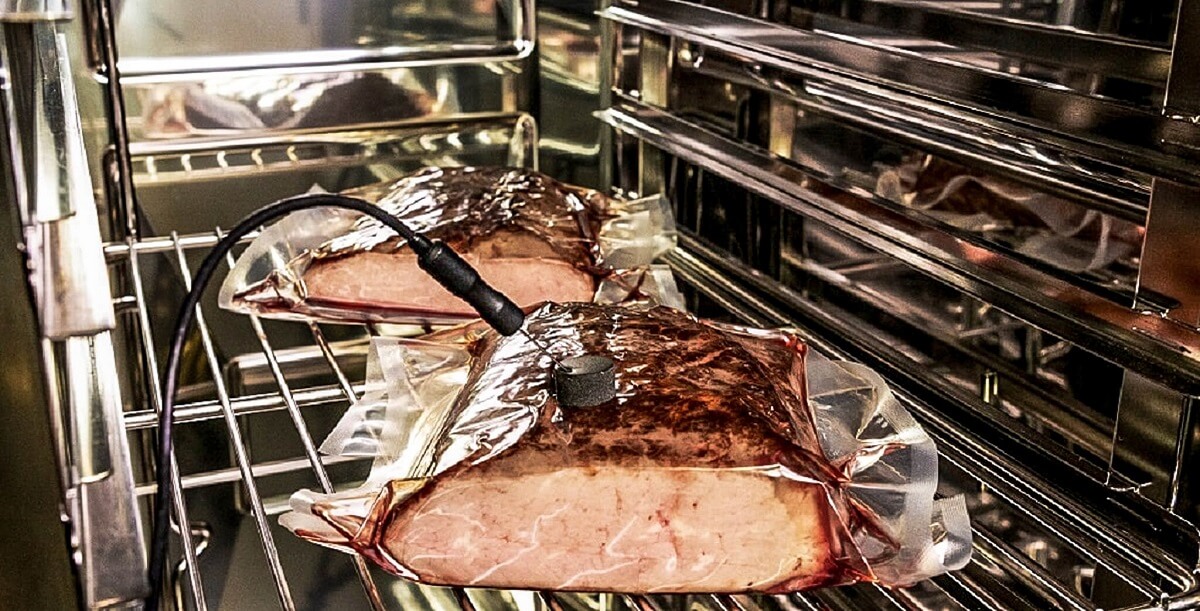
Image: Rational
He cites the huge impact on food waste for an operator such as an airline caterer, which might otherwise be fresh cooking thousands of chicken breasts each day, only to see multiple flights cancelled. When relying on sous vide, pre-cooked chicken can simply be refrigerated for later, long-term use on demand. Similarly for a hotel room service operation, batches of chicken can be pre-cooked in advance, meaning a trainee chef working the night shift who has to cook a club sandwich for a guest only needs to take the sous vide pre-cooked chicken out of the fridge and put it on the grill to get some browned grill marks on both sides and ensure the chicken is warmed through before serving.
While most sous vide cooking relies on plastic vacuum bags, Hartmann has seen examples of compostable biodegradable vacuum pouches, as well as silicone bags that can be reused. “For example, in France – the motherland of sous vide – the government has banned all plastic bags, so there will have to be new sustainable solutions for sous vide in the future.”
Ultimately though, the appeal of sous vide is the precision and control it gives to chefs, something that is only enhanced when the cooking is being supplied by quality equipment, such as the iCombi or iVario. “We are market leaders because of the intelligence of these cooking devices. That’s because of 50 years of testing and developing these perfect cooking paths for chefs by chefs.”
Still a triumph after all these years, sous vide has serious staying power for a reason. And smart technology is only enhancing its appeal.


